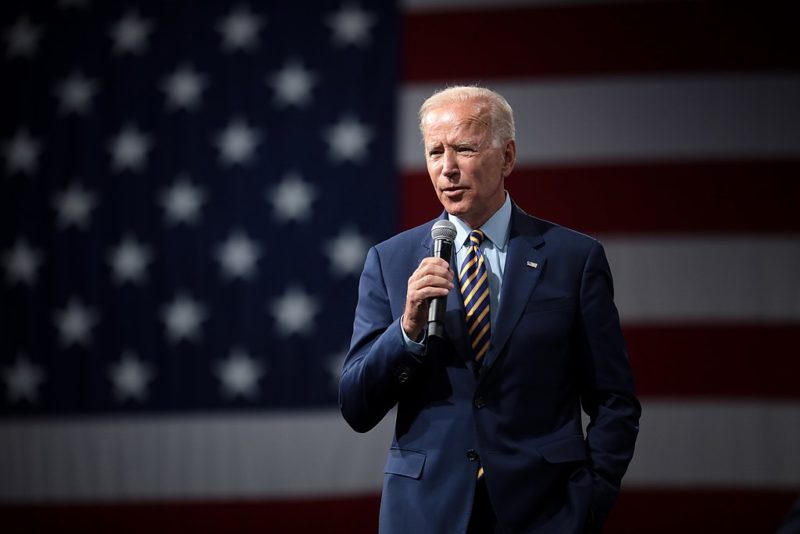Just over 100 million dollars to Alabama. Upwards of 175 million for Florida.
One of the little-publicized areas of government funding that’s being bolstered by the Bipartisan Infrastructure Law signed by President Biden in early November is the Low Income Home Energy Assistance Program, (LIHEAP), which is critical to helping low income households meet their energy needs through both the cold of winter and heat of summer. After record heatwaves scorched the Pacific Northwest in the summer of 2021, which followed record lows and major energy outages in Texas the previous winter, we’re already seeing climate change impacting 2022 with heatwaves at the planet’s poles and tornadoes in Texas and Louisiana.
Nearly 200 million for Nebraska and Iowa.
71 million to Oklahoma.
According to HHS.gov, “Since 1981, the Low-Income Home Energy Assistance Program (LIHEAP) has been providing critical home energy assistance to those most in need. Eligible households receive benefits for heating, cooling, and crisis assistance, weatherization, budget counseling, and/or other vital services to help achieve safe and healthy indoor air quality and temperature.”
Between the Bipartisan Infrastructure Law and 2021’s American Rescue Plan, the Biden Administration has made an unprecedented investment in LIHEAP, which has in turn provided critical help to working families countrywide struggling with the costs of heating, cooling, and weatherizing their homes. And U.S. Department of Health and Human Services Secretary Xavier Becerra pledged to continue providing bipartisan support to families in need around the nation, regardless of political persuasion, saying “I will continue to work with President Biden to protect the health and well-being of all families in need and help lower their energy bills.”
So while his predecessor spent endless time threatening to defund cities with politics he didn’t like:
President Biden seems to be committed to providing a baseline to America’s most vulnerable citizens, regardless of how they voted in 2020, or how they plan to vote in 2024. And that has allowed local agencies across the country to confidently spread the word to their constituents: help is available, now. From rural cooperatives in Kentucky:
To school districts in Illinois:
To community action organizations in Massachusetts.

